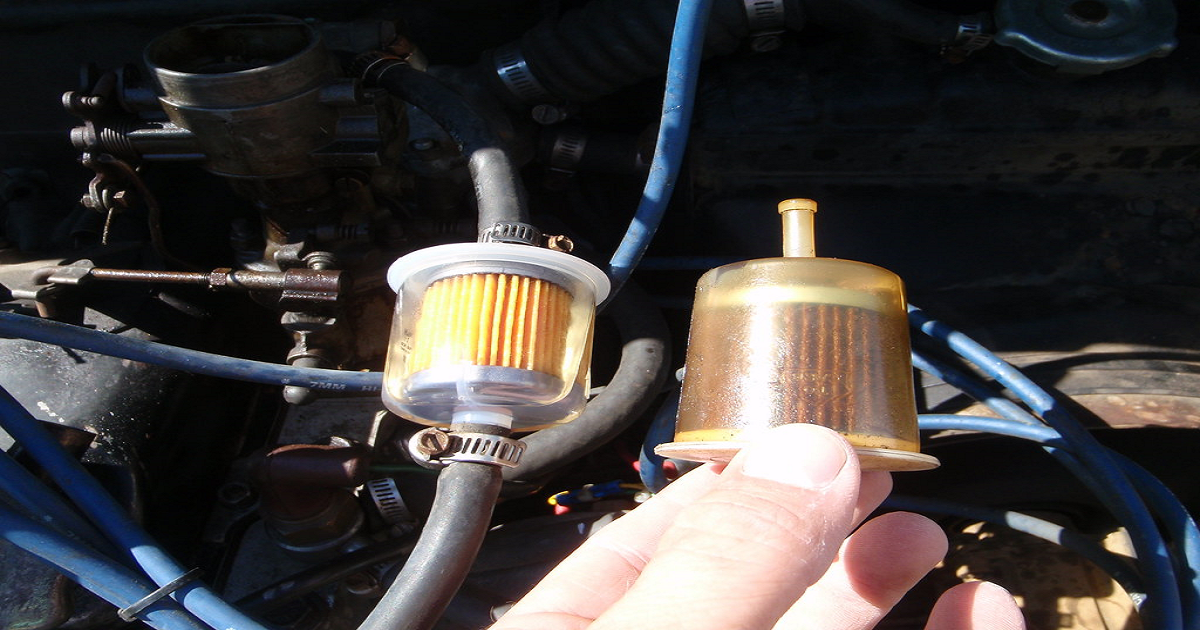If your vehicle is sputtering, losing power, or having trouble starting, it might be time for a fuel filter replacement. A clogged or dirty fuel filter can restrict the flow of gasoline to your engine, leading to performance issues. In this comprehensive guide, we’ll walk you through the process of replacing your fuel filter step by step. Whether you’re a seasoned DIY mechanic or a beginner, this guide will equip you with the knowledge and confidence to get the job done.
Fuel Filter Replacement: A Step-by-Step Guide
Before You Begin
Before we dive into the actual replacement process, here are a few essential steps to take before getting started.
- Gather Your Tools: You’ll need a few basic tools such as safety glasses, a wrench, and a drain pan. Ensure you have these ready.
- Safety First: Safety is paramount. Make sure the engine is cool, and you’re working in a well-ventilated area away from open flames or sparks.
- Relieve Fuel Pressure: Locate the fuel pump fuse or relay and remove it. Then, start the engine and let it run until it stalls. This relieves fuel pressure in the system.
- Disconnect the Battery: Disconnect the negative terminal of the battery to prevent any electrical mishaps during the replacement.
Locating the Fuel Filter
The next step is to locate the fuel filter in your vehicle.
- Consult the Manual: Your vehicle’s manual will provide guidance on where to find the fuel filter. It’s often located along the fuel line between the fuel tank and the engine.
- Raise the Vehicle: In some cases, you might need to raise the vehicle to access the filter. Use a jack and safety stands for this.
Removing the Old Fuel Filter
Now that you’ve located the fuel filter, it’s time to remove the old one.
- Prepare for Spillage: Place a drain pan under the filter to catch any fuel that may spill during the process.
- Loosen the Clamps: Use a wrench to loosen the clamps securing the fuel lines to the filter.
- Disconnect Fuel Lines: Carefully disconnect the fuel lines from the filter, making sure to catch any remaining fuel in the drain pan.
- Remove the Filter: Once the fuel lines are disconnected, remove the old filter from its bracket.
Installing the New Fuel Filter
With the old filter out of the way, it’s time to install the new one.
- Attach the New Filter: Secure the new filter in the bracket, ensuring it’s positioned in the correct direction.
- Reconnect Fuel Lines: Reconnect the fuel lines to the new filter, tightening the clamps securely.
Final Steps
We’re almost there. Here are the final steps to complete the fuel filter replacement.
- Reconnect the Battery: Reconnect the negative terminal of the battery.
- Replace Fuel Pump Fuse/Relay: Reinsert the fuel pump fuse or relay.
- Check for Leaks: Start the engine and check for any fuel leaks. If you spot any, turn off the engine immediately and address the issue.
- Test Drive: Take your vehicle for a test drive to ensure it’s running smoothly.
FAQs
Q: How often should I replace the fuel filter?
A: It’s recommended to replace the fuel filter every 20,000 to 40,000 miles, but check your vehicle’s manual for specific guidelines.
Q: Can I replace the fuel filter myself, or should I seek professional help?
A: If you’re comfortable with basic automotive tasks and have the necessary tools, you can replace the fuel filter yourself. However, if you’re unsure, it’s always best to consult a professional mechanic.
Q: What are the signs that my fuel filter needs replacement?
A: Common signs include engine sputtering, poor acceleration, difficulty starting, and a drop in fuel efficiency.
Q: Can a clogged fuel filter damage my engine?
A: Yes, a severely clogged fuel filter can reduce fuel flow to the engine, leading to engine damage over time.
Q: Is there a specific type of fuel filter I should use?
A: Consult your vehicle’s manual for the recommended fuel filter type, and use a high-quality, compatible filter.
Q: Are there any safety precautions I should take during the replacement?
A: Safety is crucial. Work in a well-ventilated area, wear safety glasses, and follow all safety guidelines in your vehicle’s manual.
Conclusion
Replacing your fuel filter is a vital maintenance task that can keep your vehicle running smoothly and efficiently. By following this step-by-step guide, you’ll save money on mechanic fees and gain the satisfaction of performing the job yourself. Remember to perform this task regularly to ensure your vehicle’s optimal performance and longevity.





